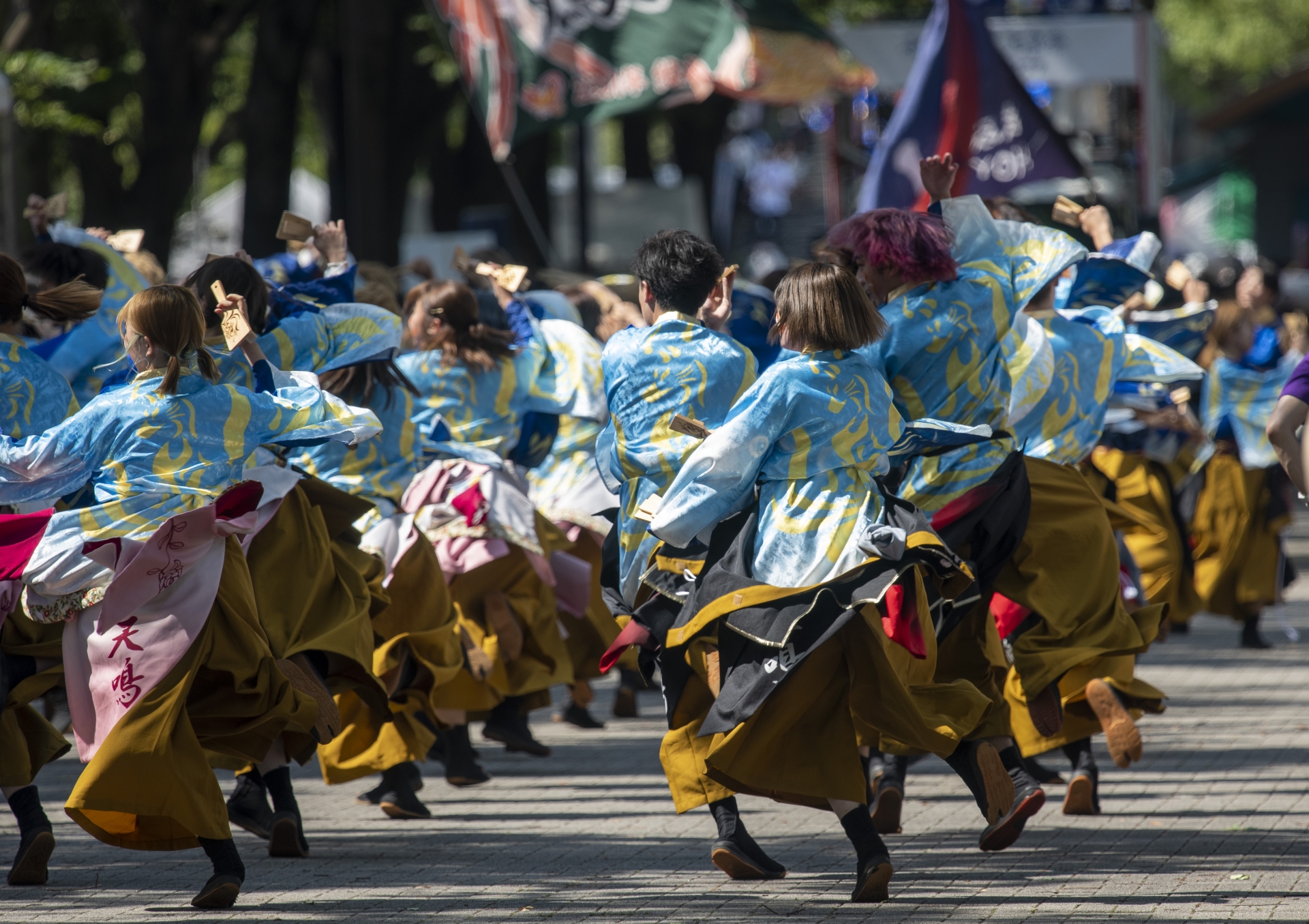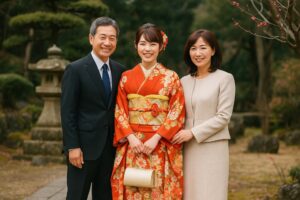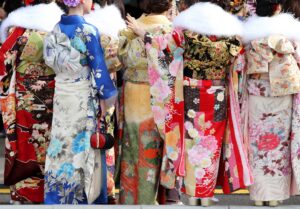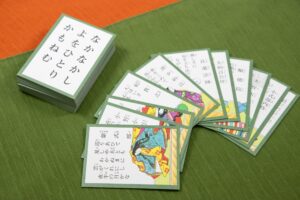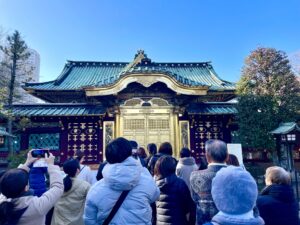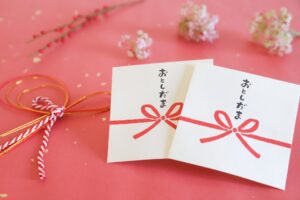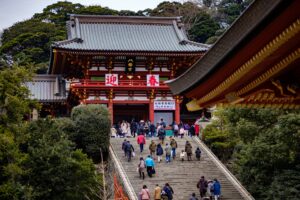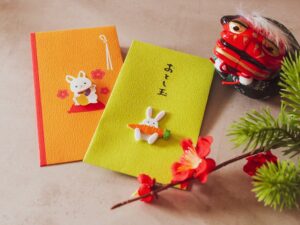Yosakoi is one of Japan’s most energetic and visually striking summer festivals, originating in Kochi but now celebrated nationwide. With its mix of traditional dance, upbeat modern music, and colorful costumes, Yosakoi captures the hearts of both performers and audiences. This guide explores everything from the festival’s origins and unique characteristics to how travelers can participate and even learn the dance themselves.
What is Yosakoi?
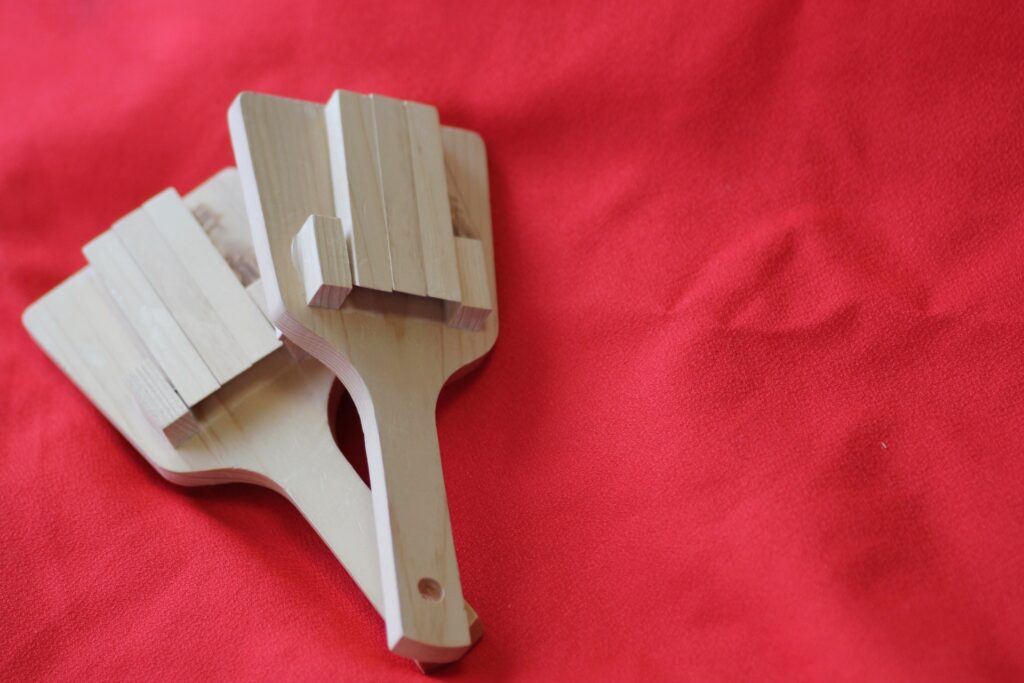
Yosakoi is a uniquely modern Japanese dance festival that blends the dynamism of contemporary performance with the spirit of traditional culture. Originating from the word “yosakoi,” meaning “come at night” in old Japanese, the festival features high-energy dance routines performed by large teams in colorful costumes, often parading through city streets. One of the key features that distinguishes Yosakoi from other traditional Japanese dances is the use of “naruko” — small wooden clappers originally used in rice farming. Dancers incorporate these clappers into their choreography, creating a rhythmic percussive sound that enhances the music and movement.
Unlike classical Japanese dance forms such as Nihon Buyo, Yosakoi embraces modern musical elements, including rock, hip-hop, and techno fused with traditional instruments like taiko drums and shamisen. The result is a festival that appeals to all generations and celebrates both the past and future of Japanese performing arts.
The History and Evolution of Yosakoi
Yosakoi originated in Kochi Prefecture in 1954 as part of a post-war effort to revitalize the local economy and boost community morale. The inaugural Yosakoi festival was a city-led initiative that invited citizens to create their own dance routines based on a traditional local folk song, “Yosakoi Naruko Odori.” Over the decades, the festival has evolved dramatically, growing into a national and even international phenomenon.
Today, major cities across Japan host their own Yosakoi events, often incorporating regional styles, costumes, and musical influences. For example, in Hokkaido, teams may adapt the dance to include elements from Ainu culture, while in Kyushu, samba and other global rhythms have found their way into performances. Internationally, Yosakoi has taken root in countries like the United States, France, and Malaysia, where local teams interpret the dance with their own cultural flair.
This evolution highlights Yosakoi’s adaptability and its role as a living, breathing art form that reflects community identity and creative freedom.
Where and When to Experience Yosakoi Festivals
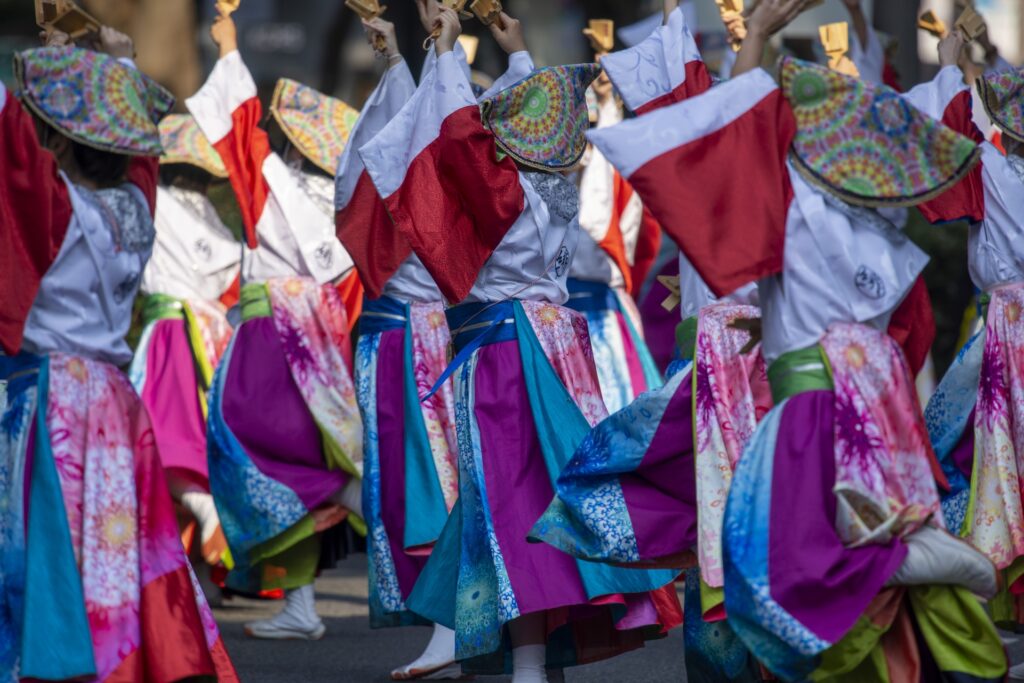
While Yosakoi festivals now occur across Japan, three events stand out as the most prominent:
- Kochi Yosakoi Matsuri (Kochi Prefecture)
- When: Every August (usually August 9–12)
- Why Go: As the birthplace of Yosakoi, this festival features over 200 teams and tens of thousands of dancers from all over Japan. The streets of Kochi become a kaleidoscope of color, music, and movement.
- Harajuku Omotesando Super Yosakoi (Tokyo)
- When: Late August
- Why Go: Held in one of Tokyo’s trendiest districts, this version is perfect for travelers in the capital. It blends modern youth culture with the traditional roots of the dance.
- Yosakoi Soran Festival (Sapporo, Hokkaido)
- When: Early June
- Why Go: A northern twist on the original, this festival combines Yosakoi with the Hokkaido folk song “Soran Bushi.”
Travelers can attend these festivals as spectators, enjoying food stalls, parades, and cultural exhibitions. Tourism offices in major cities often provide information in English, and some festivals even have English-language pamphlets or guided tours.
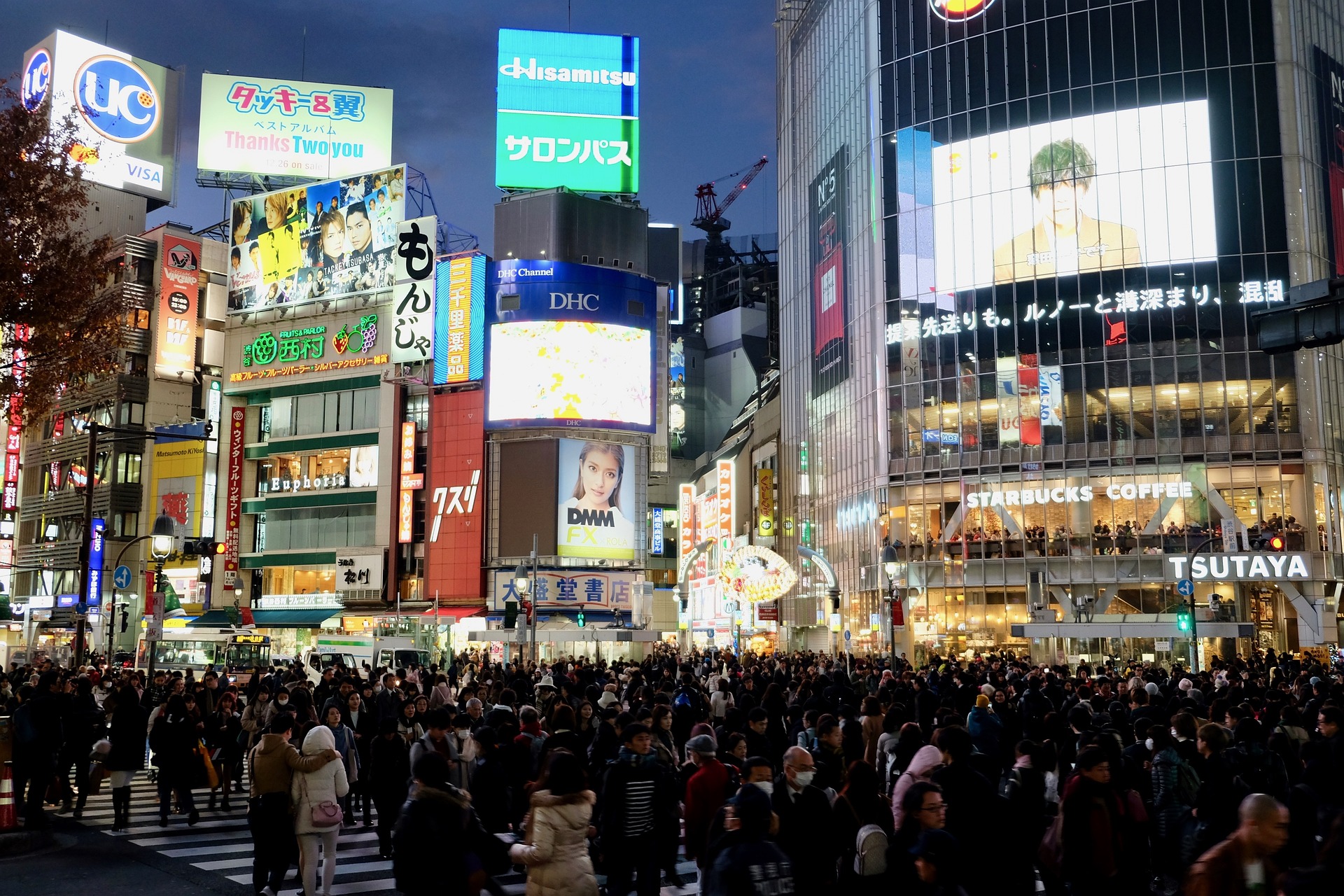
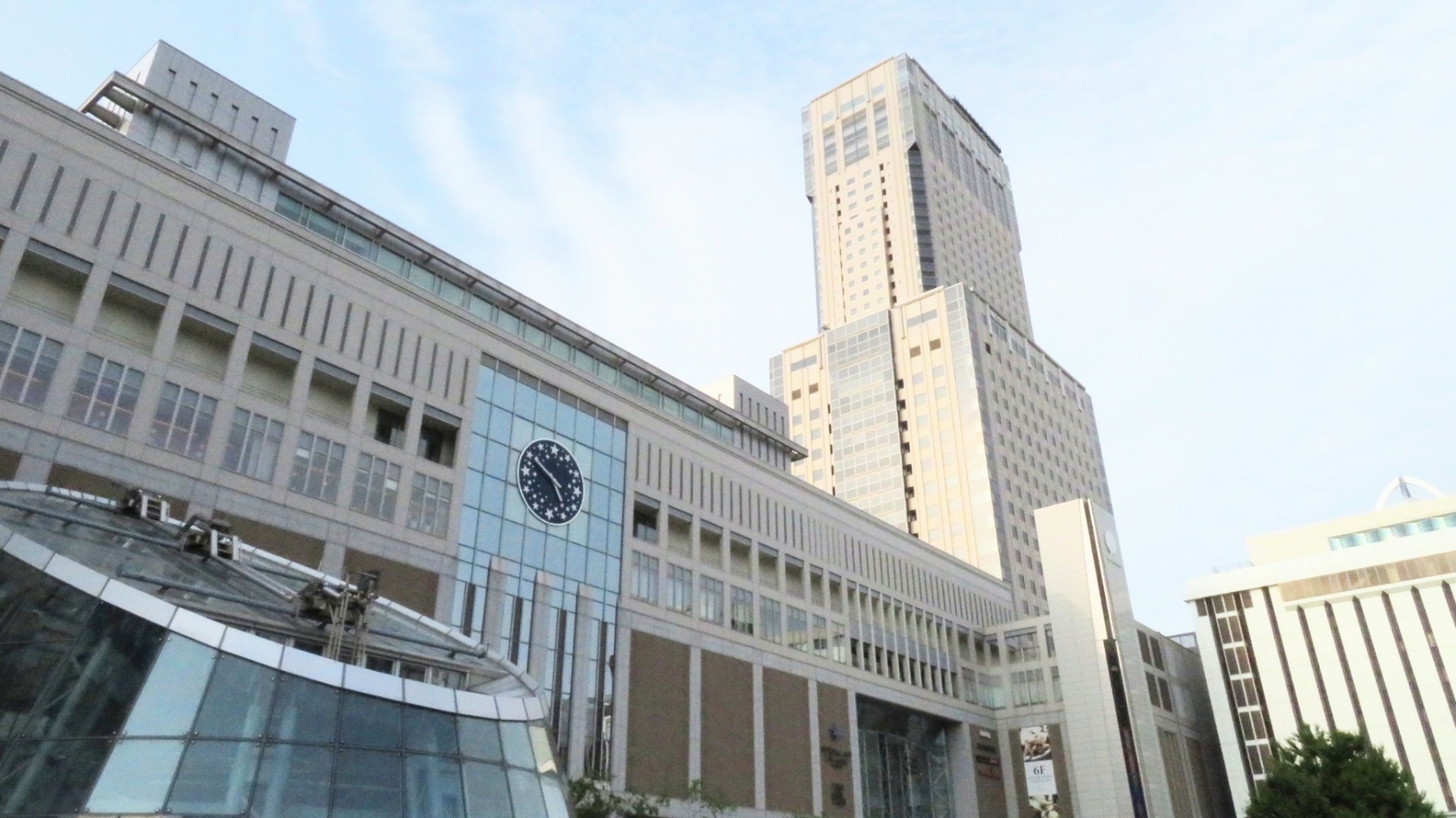
Participating as a Tourist: Watching and Dancing
For travelers eager to do more than just watch, Yosakoi offers various ways to join in. In some locations like Kochi and Tokyo, tourists can sign up in advance to join “open teams,” which welcome non-Japanese participants. These teams often provide costume rentals and quick lessons on basic choreography.
Some festivals also feature “volunteer teams” that allow travelers to dance with locals for a day. While full participation typically requires registration months in advance, it’s worth checking with local tourism boards or official festival websites. Even if you don’t dance, attending a practice session or behind-the-scenes tour can deepen your appreciation for the event.
Many Yosakoi teams welcome international volunteers to help with logistics, costume preparation, or social media support, offering another unique way to experience the festival.

The Style of Yosakoi: Music, Dance, and Costumes
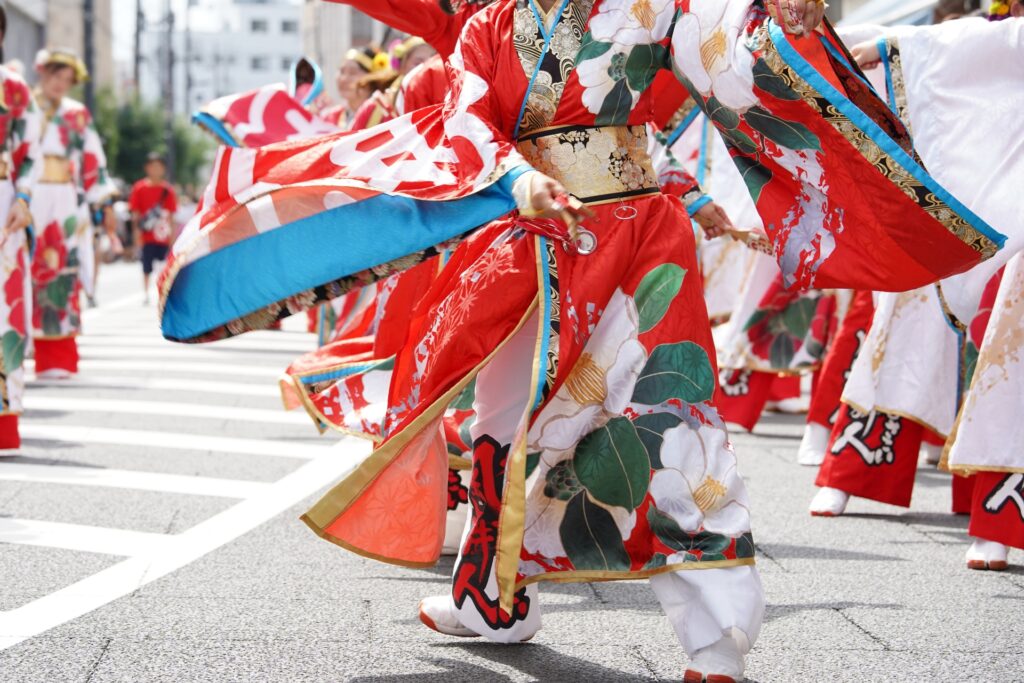
Yosakoi performances are known for their electrifying blend of music and movement. The dance itself is fast-paced, athletic, and often includes synchronized group choreography, acrobatics, and theatrical expressions. Teams usually consist of 20 to 100 dancers, all moving in unison with infectious energy.
Music plays a central role, combining modern genres like J-pop, EDM, and rock with traditional Japanese instruments. Each team produces its own original music, often remixed versions of the original Yosakoi song, infusing their personality into the performance.
Costumes are another hallmark of Yosakoi. Teams wear customized outfits that may include happi coats, yukata-inspired designs, or even contemporary fashion pieces. Bright colors, bold patterns, and accessories like flags and fans add visual excitement. The use of naruko clappers remains a key requirement, and dancers rhythmically click them throughout the routine, symbolizing the link between past and present.
How to Learn Yosakoi: Online and Offline Opportunities
Thanks to its growing global popularity, Yosakoi is now more accessible than ever to international learners. Beginners can start with YouTube tutorials from Yosakoi teams like “Tokyo Yosakoi” or international groups in North America and Europe. These videos often break down basic steps and explain choreography in English.
Offline, community centers, Japanese cultural festivals, and universities occasionally host Yosakoi workshops. In cities like Los Angeles, Toronto, and Paris, Yosakoi clubs offer weekly dance classes open to all experience levels. Some even perform at local Japanese festivals and cultural exchange events.
For those who want a deeper experience, short-term dance camps or exchange programs in Japan allow participants to learn directly from professional teams. Whether you’re exploring it for fitness, cultural appreciation, or sheer fun, Yosakoi is an invigorating and welcoming dance style to try.
Behind the Scenes: How Yosakoi Teams Train and Prepare
The vibrant spectacle of Yosakoi is the result of months of rigorous preparation. Teams, often comprised of students, local community members, and even families, begin training as early as spring for summer festivals. Practices can be held several times a week and intensify as the event date approaches.
Choreography is typically created by team leaders or professional choreographers, and music is composed or commissioned to match the theme of the year. Costume design is also a collaborative effort, often involving designers or local artisans.
Team spirit plays a crucial role. Participants bond over long hours of practice, costume-making sessions, and shared meals. Teams may also engage in fundraising activities, such as local performances or crowdfunding, to cover expenses like transportation, music production, and outfits.
These preparations foster a strong sense of community, making Yosakoi more than just a dance — it becomes a cultural and social lifeline for many involved.
Yosakoi Beyond Japan: Global Reach and Cultural Adaptation
Yosakoi has transcended Japan’s borders and found enthusiastic followings across the world. In the United States, Yosakoi teams perform at anime conventions, Japan festivals, and university events. Groups like Yosakoi USA and San Jose-based Yosakoi Soran showcase the dance’s adaptability while maintaining its core traditions.
In Southeast Asia, particularly in Malaysia, Thailand, and Vietnam, Yosakoi has been incorporated into youth festivals and national cultural events. These international teams often adapt the choreography and costumes to reflect local culture, creating a cross-cultural fusion.
Organizations such as Japan Foundation and various embassies support Yosakoi workshops and performances abroad as part of cultural diplomacy efforts. These initiatives help foster mutual understanding while giving global audiences a chance to experience this vibrant Japanese tradition firsthand.
Conclusion: Why Yosakoi Captivates Locals and Travelers Alike
Yosakoi is more than just a festival—it’s a celebration of resilience, creativity, and cultural fusion. Its unique ability to merge traditional and modern elements allows it to resonate across generations and geographies. Whether you’re drawn by the music, the costumes, or the contagious energy of the dancers, Yosakoi offers something unforgettable for everyone.
For travelers to Japan, attending a Yosakoi festival provides an immersive cultural experience that goes beyond sightseeing. For those abroad, learning the dance opens a gateway to Japanese culture, fitness, and community.
Plan your trip during Yosakoi season or find a local workshop near you—and join the rhythm of modern Japan!

